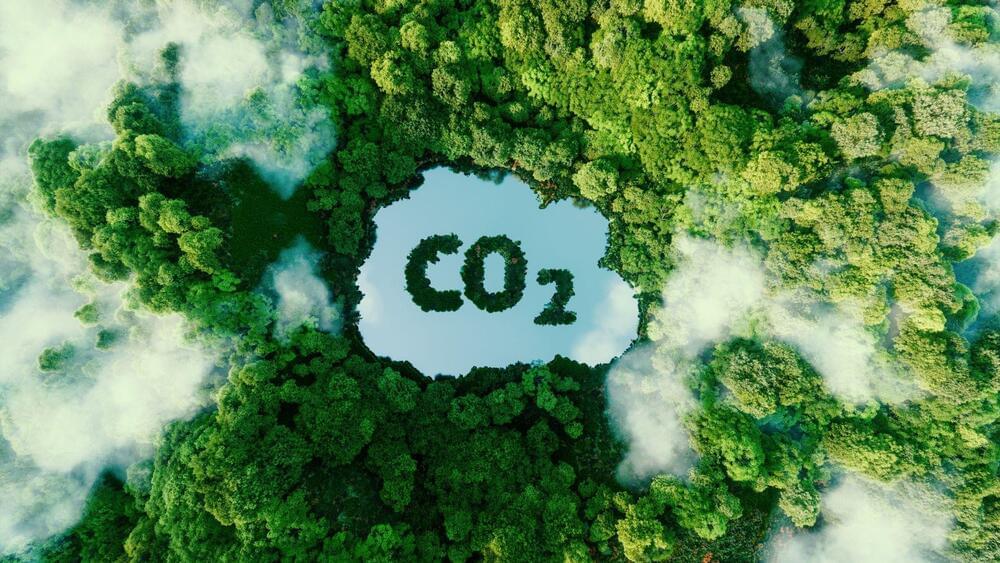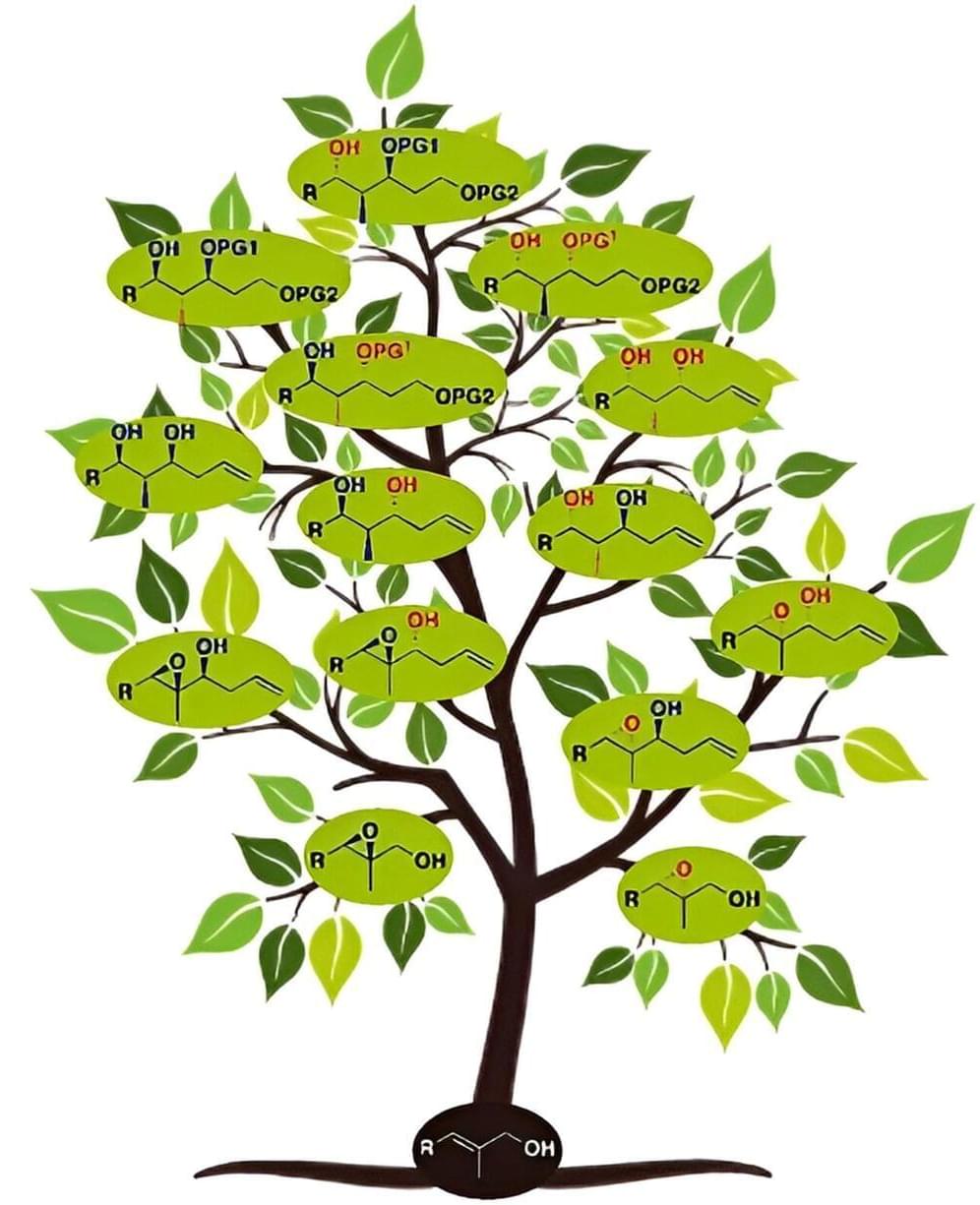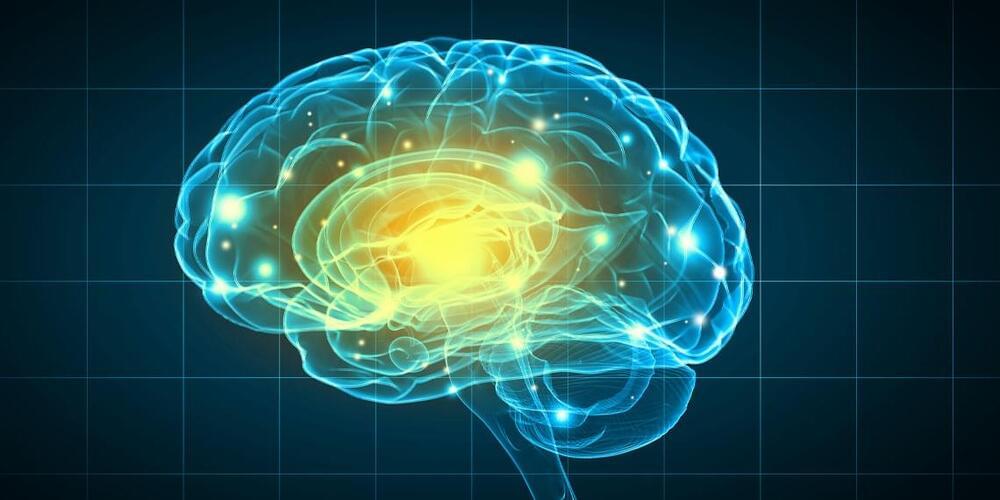Largest polyatomic molecule created and stabilised at just above absolute zero provides new insights into quantum chemistry.



Hidden beneath the heavily cratered surface of Mimas, one of Saturn’s smallest moons lies a secret: a global ocean of liquid water. This astonishing discovery, led by Dr. Valéry Lainey of the Observatoire de Paris-PSL and published in the journal Nature, reveals a “young” ocean formed just 5 to 15 million years ago, making Mimas a prime target for studying the origins of life in our solar system.
“Mimas is a small moon, only about 400 kilometers in diameter, and its heavily cratered surface gave no hint of the hidden ocean beneath,” says Dr. Nick Cooper, a co-author of the study and Honorary Research Fellow in the Astronomy Unit of the School of Physical and Chemical Sciences at Queen Mary University of London.
“This discovery adds Mimas to an exclusive club of moons with internal oceans, including Enceladus and Europa, but with a unique difference: its ocean is remarkably young, estimated to be only 5 to 15 million years old.”

As interest in wearable technology has surged, research into creating energy-storage devices that can be woven into textiles has also increased. Researchers at North Carolina State University have now identified a “sweet spot” at which the length of a threadlike energy storage technology called a “yarn-shaped supercapacitor” (YSC) yields the highest and most efficient flow of energy per unit length.
“When it comes to the length of the YSC, it’s a tradeoff between power and energy,” said Wei Gao, corresponding author of a paper on the work and an associate professor of textile engineering, chemistry and science at NC State.
“It’s not only about how much energy you can store, but also the internal resistance we care about.”

Science Fiction has long contemplated the idea that alien life not based on carbon chemistry such as silicon might exist on distant and strange worlds, or might be made to exist advanced biological engineering. What would such life be like?
Start listening with a 30-day Audible trial and your first audiobook plus two Audible Originals are free. Visit http://www.audible.com/isaac or text \.

While supporting actors are often overlooked, without their contribution, a story’s main characters would lose context and resort to isolated monologues.
The same is true for neurons — the top-billing stars of cognition — when firing in the brain. Without cells called glia, which form the bulk of brain matter, neurons would stop communicating with each other, as seen in neurodegeneration. These supporting glial cells play countless critical roles in the nervous system such as maintaining the chemical environment of neurons and modulating their activity.
Although neurons still rightfully garner A-lister attention when it comes to developing brain therapies, Jeffrey Goldberg, MD, PhD, professor and chair of ophthalmology and the Blumenkranz Smead Professor, believes a young, underexplored class of therapies called gliotherapeutics, which target and harness glia, will ultimately provide important new directions for treatment.

A combination of battery technology and catalysis opens new avenues for cheap, high-capacity batteries. Lithium-sulfur batteries can potentially store five to 10 times more energy than current state-of-the-art lithium-ion batteries at much lower cost. Current lithium-ion batteries use cobalt oxide as the cathode, an expensive mineral mined in ways that harm people and the environment. Lithium-sulfur batteries replace cobalt oxide with sulfur, which is abundant and cheap, costing less than one-hundredth the price of cobalt.
But there’s a catch: Chemical reactions, particularly the sulfur reduction reaction, are very complex and not well understood, and undesired side reactions could end the batteries’ lives well before those of traditional batteries.
Now, researchers led by UCLA chemists Xiangfeng Duan and Philippe Sautet have deciphered the key pathways of this reaction.


To synthesize potential drugs or natural products, you need natural substances in specific mirror-image variants and with a high degree of purity. For the first time, chemists at the University of Bonn have succeeded in producing all eight possible variants of polypropionate building blocks from a single starting material in a relatively straightforward process. Their work has now been published in Angewandte Chemie International Edition.
Polypropionates are natural products that can help save lives. They are needed to make reserve antibiotics, compounds that are only ever used to treat infections caused by drug-resistant bacteria. In nature, chiral compounds exist in two different variants that share the same molecular formula but are mirror images of each other, like a right and a left hand. Chemists call this “chirality,” which literally means “handedness.”
“What’s interesting is that the mirror-image forms can have very different properties,” explains Professor Andreas Gansäuer from the Kekulé Institute of Organic Chemistry and Biochemistry at the University of Bonn. “One well known example is undoubtedly carvone. The dextro-, or ‘right-handed,’ form of this molecule smells of caraway, while its levo-, or ‘left-handed,’ form is what gives peppermint its distinctive odor.”
